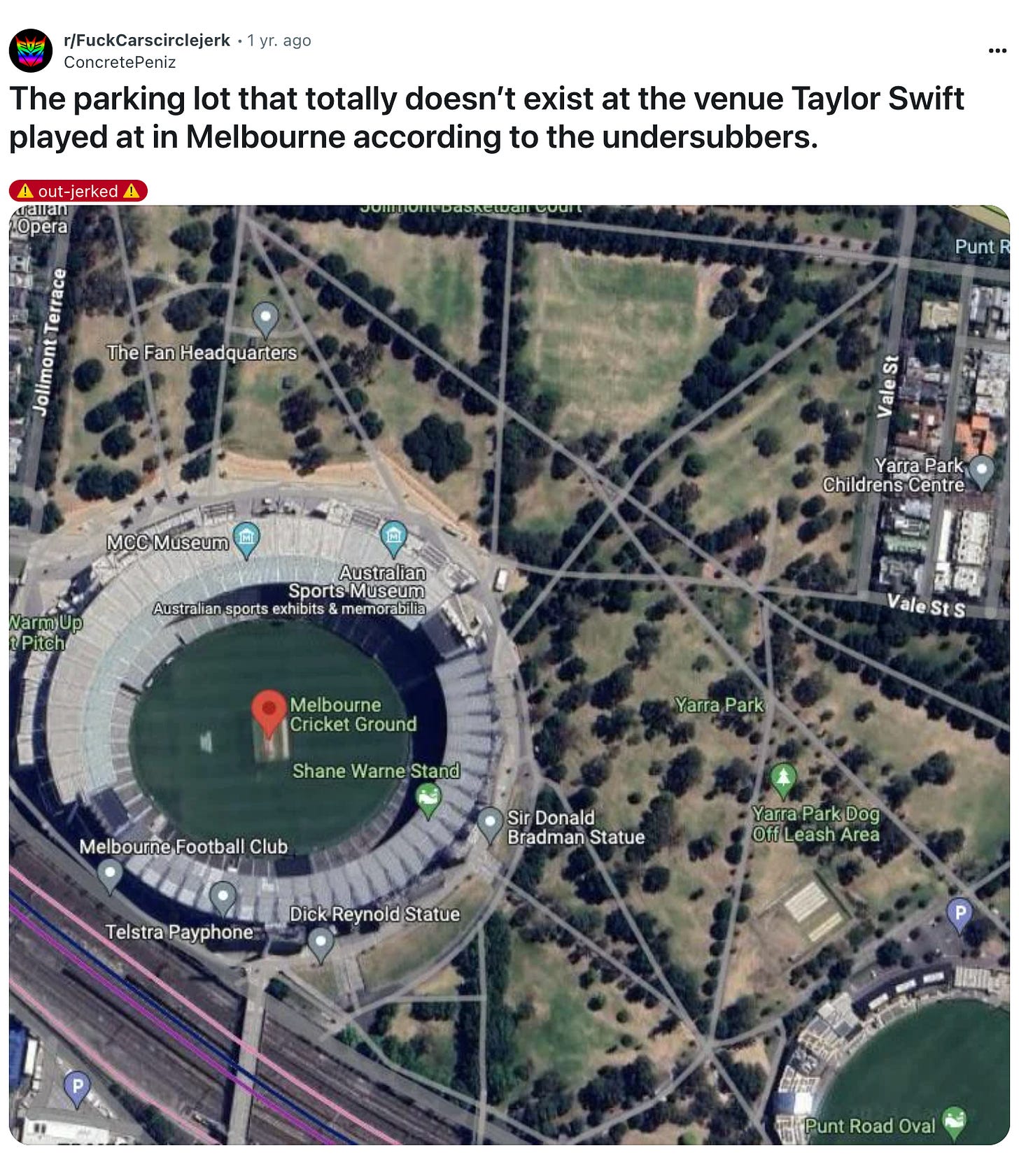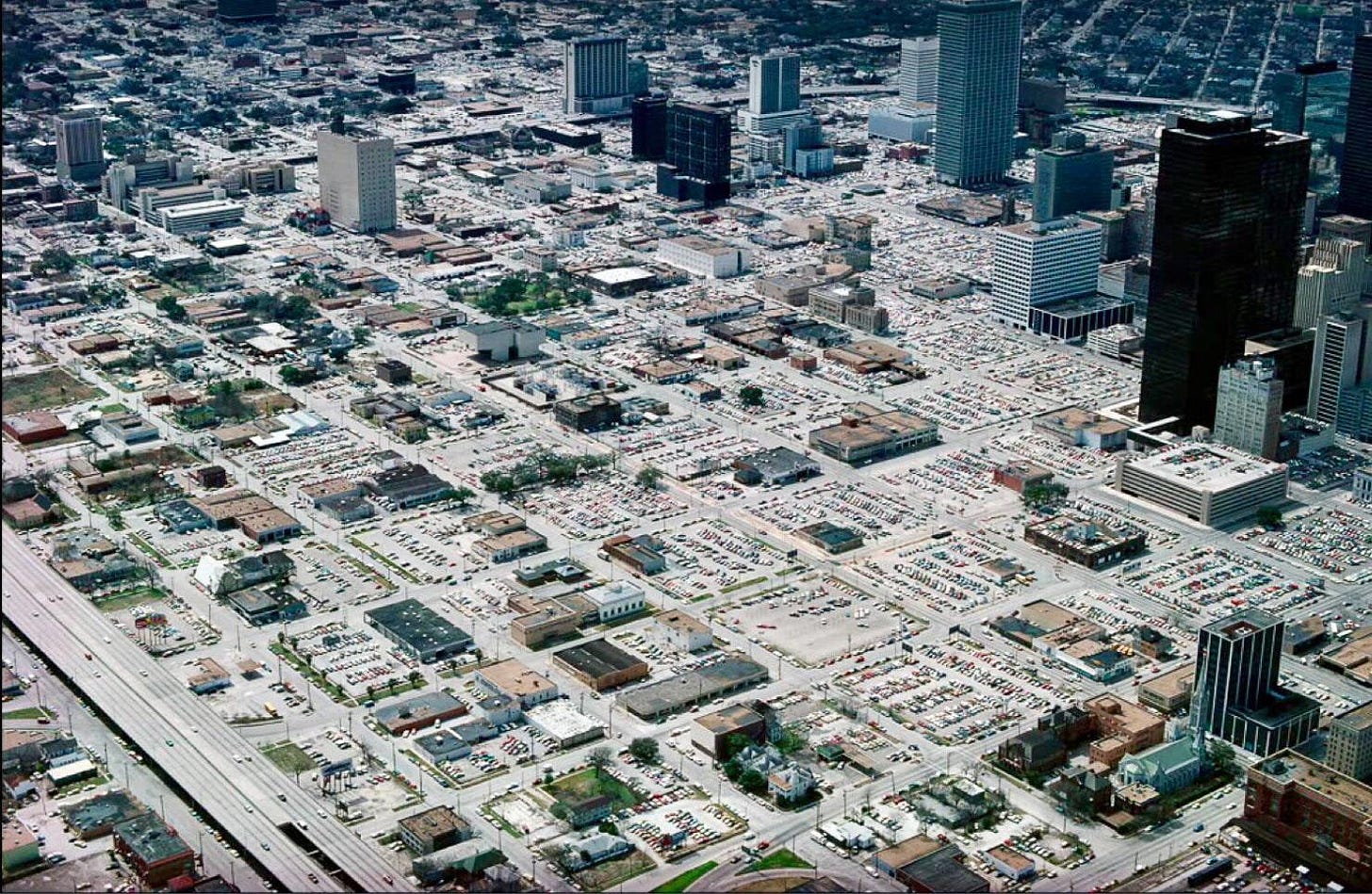The Chattanooga Airport makes a lot of money off of parking. And in light of Spirit Airlines increasing the airport's overall seat capacity by 30%, they are opting to move ahead with doubling parking capacity at the airport.
Of the $24.7 million operating budget for FY 2024, Parking fees account for 18% of the airport’s revenue (the airport’s only debt is tied to its $18 million parking garage, requiring annual payments of $1.6 million).
The Chattanooga Metropolitan Airport Authority (CMAA) manages Chattanooga Airport, ensuring safe, efficient travel and supporting regional growth.
So the logic feels sound: Financially, the airport wins, and logistically, we are growing and thus need more parking.
The problem is, when you have an inefficient system, scaling up exacerbates the problems rather than relieving it. That is to say, if traffic is bad with our one parking garage, we can expect worse with two. We’ve doubled the capacity of people being able to leave their car, but the roads didn’t magically double.
Putting this in business terms, if you lose money each time you sell a product, selling more products makes your margins worse, not better.
Cars are that sort of inefficiency. A common metric for transit efficiency is People Per Hour Per Lane (PPHPL) or Throughput Capacity. At the time of this writing, I saw that the Spirit Airlines plane to be used is an Airbus A320, with a passenger capacity of 182 passengers. While it’s difficult to know the exact metrics for Chattanooga, the common capacity for a vehicle leaving the airport is 1.45 passengers. Meaning, when the airbus lands, without efficient transportation, you will see 121 cars needing to be accessed all at once.
See the video below for a visual: cars cannot move people at scale.
When you look at worldwide venues of Taylor Swift on the Era’s Tour, people were baffled by the lack of parking. But with a single train being able to move 15-25k people per hour, it’s much easier to to empty a stadium than 50,000 cars.
Creating demand for the car without plans for alternative and more efficient means of transit is, at best, short sighted. At worse, it is detrimental to the future health of the airport. I want to offer a few angles as to why that is.
Tying revenue to something that is destructive often leads to more destruction.
What you incentivize, you get more of. Revenue input from parking incentivizes more parking. Sometimes people are even willing admit adding parking is less than ideal, but that it’s their only option in the moment. Over time, however, it’s always urgency, with very little thought to long-term planning, that wins.
An airport relying heavily on parking revenue is much like Robert Moses’ toll bridge strategy, where profits from car-based infrastructure discouraged investment in better alternatives. Eventually, he designed bridges to disallow buses, in part, because it would hurt his margins. Airports that make substantial income from parking, like Chattanooga Airport’s 18% revenue share, have less incentive to improve public transit connections or promote shuttle options.
This reliance reinforces car dependency, stifling innovation in more efficient and sustainable travel solutions—just as Moses’ focus on toll bridges hindered mass transit expansion in New York.
And you might think: “But I much prefer to leave the airport in my own car.” You too can gain from transit. Having experienced both in Europe, I can say without a doubt the best airports to leave (either by train or car) are the ones that have the option to do either—If 40% of the people leave by train, that’s far less traffic for you, the car driver.
Short term gains can lead to a long term nightmare.
If you google Houston downtown in the 1970s, you will see a grim picture. A sea of mostly parking lots and overly tall and sprawled buildings. It’s a wasteland that is neither enjoyable to spend time in, or financially profitable for the city as a whole.
It comes down to the dysbiosis of parking and car lanes: if you increase the ability to get somewhere by widening roads, you will have a traffic problem. If you add parking to meet the demand, you will make it more appealing for others to arrive by car, and soon there will be another traffic problem. Like a snake eating its own tail, so parking and added car lanes eat each others efficiency.
Let’s say, at first, the parking is sufficient. Doubling the parking without doubling the roads will lead to worse congestion outcomes. This may justify imminent domain and widening of roads, which will lead to a parking problem.
All airports grow up, and add transit.
All airports eventually grow up and add transit. The best example of a nearby airport that (essentially) hasn’t done this is Nashville—and it’s an obvious problem. More than that, leaving the airport is a glut of Ubers, taxis, and commuters using Waze to cut through people’s neighborhoods and clog up the interstate. This led to an official announcement by the mayor for people not to leave their ride to walk to the airport when traffic is backed to a stand-still.
We don’t want to be Nashville. What’s more, if we had a reasonable connection to downtown via transit, I can imagine more festivals and events would be tempted to plant their flag in our region.
If parking was added along with other sensible solutions, it might be an easier pill to swallow.
Parking is going to be the only debt serviced by the airport. As such, it won’t make much sense to do anything to threaten the money-making capabilities of the garage itself. But if there was an announcement for similar investments in a shuttle or a bus route, it might be easier to get behind parking.
That is to say, if there was an admission that this added parking is an urgent need, there would be more openness on my end to accept this investment if it came alongside an acknowledgment of future solutions and a roadmap towards that end.
This is bad for the environment (if you care about that sort of thing)
The final argument is environmental. That garage will be there for 80+ years. Here’s some of its legacy.
80 years of increasing the urban heat island effect.
80 years of increasing water runoff issues.
80 years of high pollutant runoffs (parking often carries higher than other surfaces)
80 years of embodied carbon. Up to 84 tons of Co2 equivalent per space.
More than all this, parking garages are unique designs that are inflexible in their use. Either way, it’s a worst case scenario.
Worst case case scenario 1: It doesn’t get fully utilized and all that environmental waste is for something rarely used.
Worst case scenario 2: It does get fully realized and it increases the carbon output of everyone going to their airport regardless of how they would want to get there.
I think that the freedom to build a parking garage is a freedom allotted to a private business. But that as a public entity, the CMAA, should be ahead of the curve.
Opportunity
Adding a parking lot isn’t progress—it’s expanding the status quo 80 years into our future. And while change may be scary, we must remember the status quo is itself scary, though usually to the marginalized and those hidden from the public eye.
And though investment in the future might cost money, we must realize the status quo also has a price—one born usually by those in the shadows. By choosing to prolong the status quo we are increasing the burden of those whose barrier is already high.
Airports
The Chattanooga Airport is a public entity providing a public service. The board that oversees it is meant to represent the interest of the public. There’s a thing called Transit Demand Management (TDM) that created formulas for how much transit can offset parking spaces (good read on that here). The Institute of Transportation Engineers (ITE) claim up to a 30% reduction in parking requirements when a robust bus service is included. If that number sounds familiar, it’s the amount of seat increase anticipated by Spirit Airlines.
I believe an airport’s financial success should be tied to its core mission — providing convenient and timely flights — not a secondary service like parking. Prioritizing secondary revenue streams can distort priorities, as seen in other industries. Blockbuster failed because it relied heavily on late fees rather than improving its movie rental service. Similarly, some universities now profit more from student housing than education itself (more here). Airports that rely too much on parking risk making the same mistake — profiting from something beside their essential service.






As a fan of my local airport - Atlanta, the train is the best option for getting to the airport. I do wish ours ran 24/7 for early and late flights. And that the train went further outside the immediate city, but I make all my friends take the train and pick them up from the station closest to me/events.
I did have an airport line that continues just over the border into Georgia, but a bus to downtown would probably feel more direct even if it took about as long from a would-be Amtrak station, situated good for both a Chicago-Florida train as well as for a potential Knoxville service